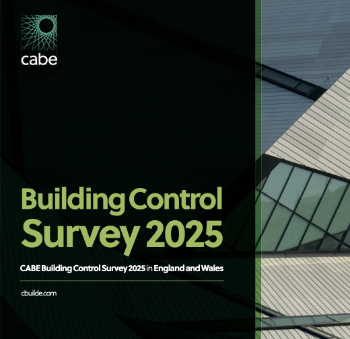Discount rate in the construction industry
[edit] What is the discount rate?
The New Rules of Measurement (NRM) are published by the Royal Institute of Chartered Surveyors (RICS). They provide a standard set of measurement rules for estimating, cost planning, procurement and whole-life costing for construction projects.
NRM3: Order of cost estimating and cost planning for building maintenance works, defines a ‘discount rate’ as:
|
The percentage rate required to calculate the present value of a future cash flow (i.e. used for bringing future costs to a comparable time base). For example, if investing at 3 per cent interest, then the present value is discounted by 3 per cent as it is worth less than future earnings due to interest. The discount rate is a factor or rate reflecting the time value of money that is used to convert cash flows occurring at different times to a common time base. |
Where the present value is:
'...the cost or benefit in the future discounted back to some base date, usually the present day, at a given compound interest rate'.
NRM3 defines the ‘treasury discount rate’ as:
'…the rate specified as the discount rate by the UK Government Treasury to be used as the discount rate for public sector whole life costing calculations.'
[edit] Other definitions
Guide to developing the project business case, Better business cases: for better outcomes, published by HM Treasury in 2018, defines the discount rate as: ‘The annual percentage rate at which the present value of a £, or other unit of account, is reduced over time. This is applied to values that are at constant prices and has nothing to do with currency inflation.'
Life Cycle Costing (BG 67/2016), written by David Churcher and Peter Tse and published by BSRIA in March 2016, defines the discount rate as: ‘The percentage by which costs or benefits occurring one year in the future are deemed to be less valuable than costs or benefits today. In life cycle costing, the discount rate is the difference between the cost of capital and the inflation rate. For public sector projects, the discount rate is 3.5% per annum. Discount rates can be expressed using different time periods (such as months) provided the study period is expressed in a consistent manner.’
ICMS: Global Consistency in Presenting Construction Life Cycle Costs and Carbon Emissions, 3rd edition, November 2021, published by the ICMS (International Cost Management Standard) Coalition, defines discount rate as a: ‘Factor or rate reflecting the time value of money that is used to convert cash flows occurring at different times (ISO 15686-5).’
[edit] Related articles on Designing Buildings
Featured articles and news
Designing Buildings reaches 20,000 articles
We take a look back at some of the stranger contributions.
Lessons learned from other industries.
The Buildings of the Malting Industry. Book review.
Conserving places with climate resilience in mind.
Combating burnout.
The 5 elements of seiri, seiton, seiso, seiketsu and shitsuke.
Shading for housing, a design guide
A look back at embedding a new culture of shading.
The Architectural Technology Awards
The AT Awards 2025 are open for entries!
ECA Blueprint for Electrification
The 'mosaic of interconnected challenges' and how to deliver the UK’s Transition to Clean Power.
Grenfell Tower Principal Contractor Award notice
Tower repair and maintenance contractor announced as demolition contractor.
Passivhaus social homes benefit from heat pump service
Sixteen new homes designed and built to achieve Passivhaus constructed in Dumfries & Galloway.
CABE Publishes Results of 2025 Building Control Survey
Concern over lack of understanding of how roles have changed since the introduction of the BSA 2022.
British Architectural Sculpture 1851-1951
A rich heritage of decorative and figurative sculpture. Book review.
A programme to tackle the lack of diversity.





















Comments
[edit] To make a comment about this article, or to suggest changes, click 'Add a comment' above. Separate your comments from any existing comments by inserting a horizontal line.